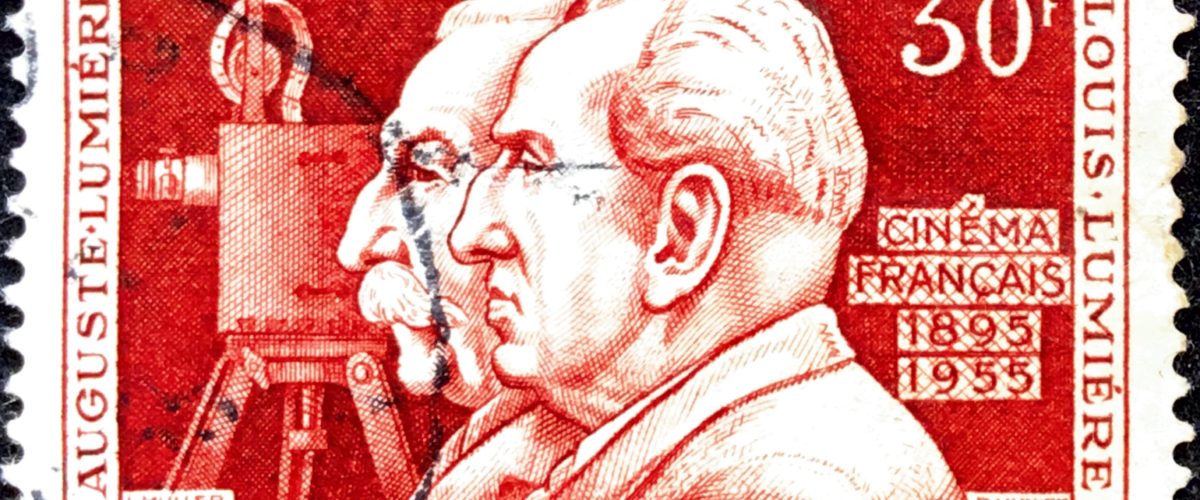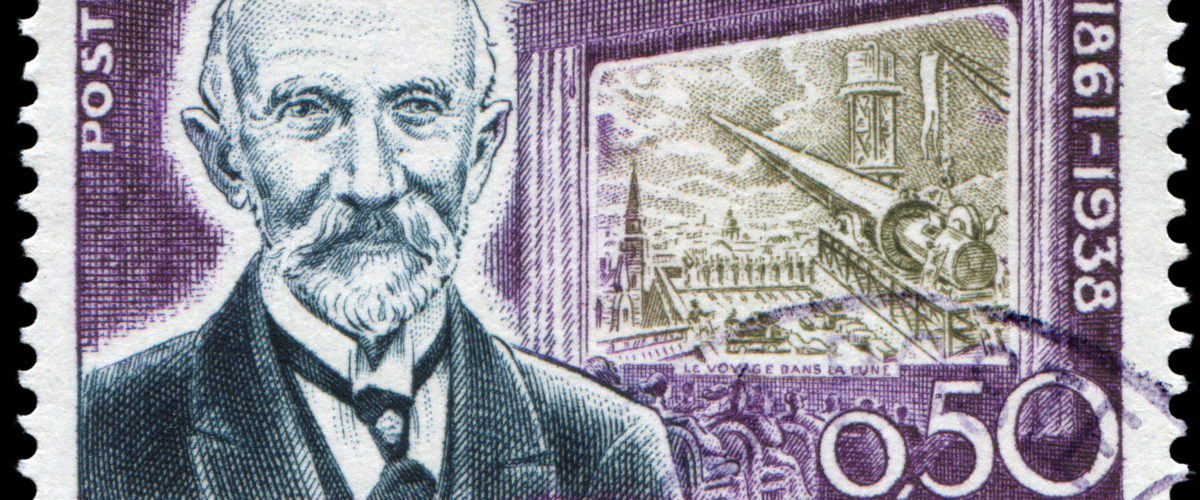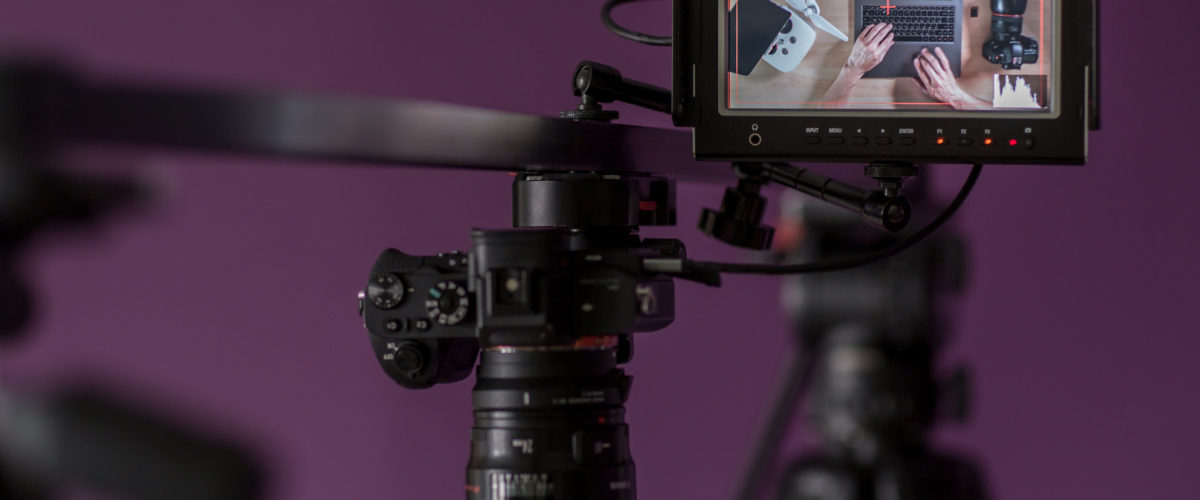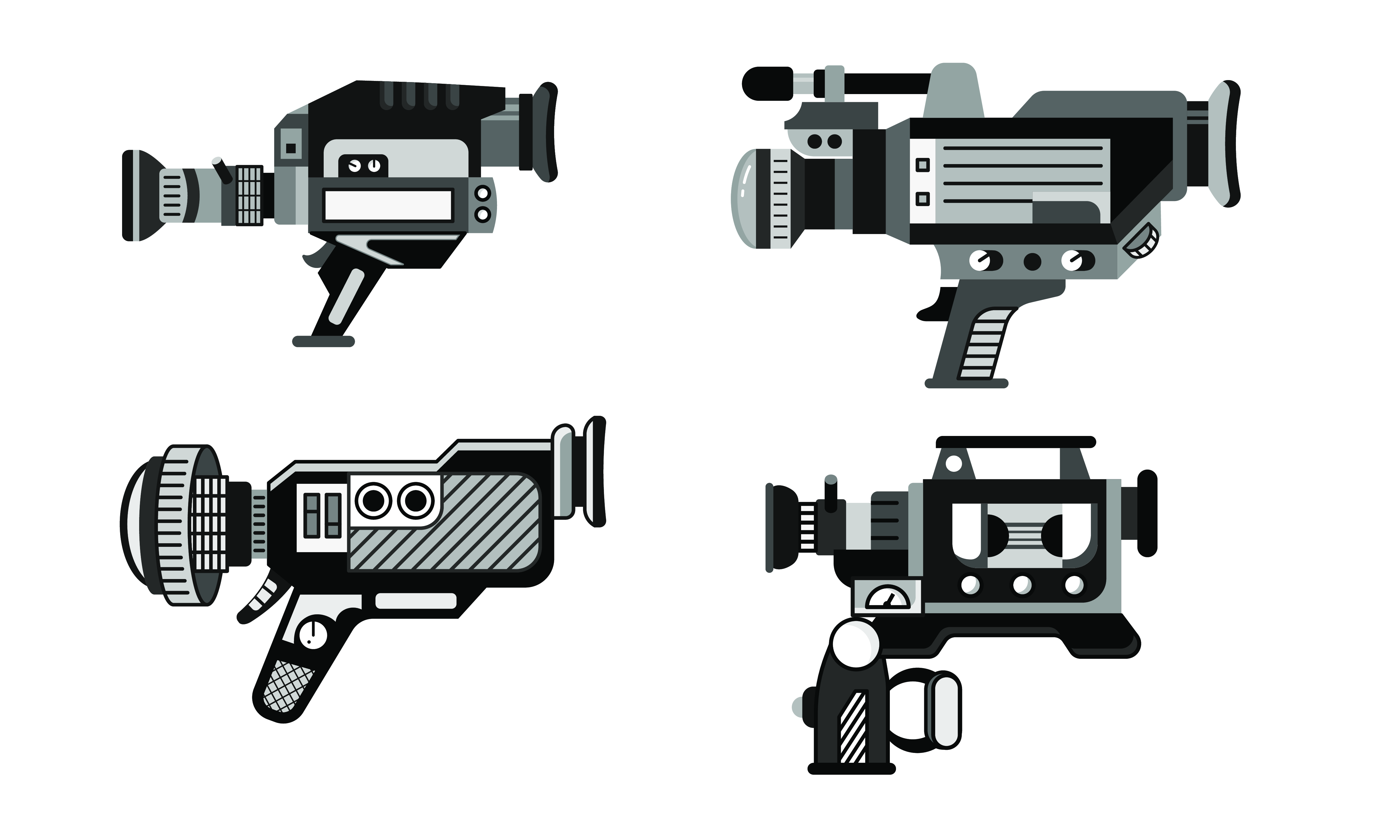Everyone's life has been simplified by technology, and the filmmaking industry is no exception. Technology has advanced the film industry from silent, black-and-white pictures to high-definition films that may make the audience feel as if they are present.
Knowledge and information are constantly evolving as the world around us changes, and film technology has advanced as a result of technological advancements in the industry. Human ambition and creativity have propelled the film industry to its current position as a vital medium for communicating ideas, allowing filmmakers to create more complex works of art and engaging narratives that have a lasting impact on society and the way individuals think, act, and behave.
Cinematic trends, filmmaking, and storytelling in motion would not have been feasible without the use of high-tech apparatus, which has been a constant since the early days of the Lumière brothers’ projections of today’s computer-generated graphic films. As a result, the rise of motion picture complexity has had an impact on the film business. These are some of the technological breakthroughs that have altered the course of filmmaking.
Cinematic Pioneers: The Lumière Brothers

Their innovative cameras and projectors led to the first cinematograph, which was initially used in 1985 to record images on a screen. It was the invention of the Cinématographe’s film-transport system that made it possible for the Lumière brothers to be credited with inventing cinema, the projection of moving photographic images on a screen.
Workers leaving their factory were captured on film by the Lumière Brothers’ three-in-one system that records, develops, and projects moving pictures. Filmed in Paris in March 1895, it is claimed to be the first-ever motion picture and was shown at an industry convention in Paris in March of that year, changing the history of the film industry.
Doodling Effect by Méliès

When filmmaking was changing rapidly and the world was enthralled with modern science and technology, Méliès was acclaimed for his unique creation. The adventurous spirit of the film director is the topic of a virtual reality Google Doodle. The cinematography was pioneered by the Lumière brothers, but Georges Méliès is credited with the creation of a sense of movement in films. In an era when filmmaking was still shocking and awe-inspiring to many people, Melies introduced Doodle, which he used to create stunning visual effects in his films.
Post-Production and Editing

Another area where technology has supplanted the use of film is in editing and post-production. Initially, editing of videotapes was done by cutting and pasting individual frames of shots together. Visuals and cloud effects facilitated the collaboration of filmmakers with international teams in a precise art where digital effects merge flawlessly with film shots. Using a digital camera and digital editing software, editors can work on entire chunks of a film, and audiences see the edited film’s findings in images that flow seamlessly with the story.
Taking a Shot in the Arm
Thanks to technological advances, filmmakers no longer have to spend as much time shooting a sequence of scenes to find the perfect viewpoint with multiple cameras on the same shot. With today’s digitalization of filmmaking, drones use algorithms (shot sizes, viewing angles, and screen location) to record the shots of all time, giving viewers an unrealistic viewing experience. Digitalization in filmmaking means that algorithms (shot sizes, viewing angles, and screen positions) are being put into practice and are being used to record the most creative possible shots, giving viewers an unrealistic watching experience. The quality and resolution of props and sets have improved, and they can now be scaled and customized more easily.
Film Promotion and Distribution

Prior to digitalization, film studios were the only venue where filmmakers could use posters, magazine covers, articles, and billboards to promote their impending film projects.
With the advancements in technology, dissemination has become easier, and YouTube has become the most prevalent method of promotion. Currently, promotional materials for the film industry are collected on websites devoted just to advertising. Digital distribution of film rights with rich content provides consumers with a superior user experience and active involvement. Using social media groups, categories, and hashtags, filmmakers can target a certain demographic with comparable interests.
Sound That Works
It was the advent of colored frames that revolutionized the film industry and transformed silent films into images accompanied by sound. The breakthrough in technology made it feasible to record audio directly onto the film.
Cameras Have Been Converted to Digital Formats

Before technology, multiple sets of shots were necessary to complete a film, and this required expensive equipment and multiple takes of a scene. Film scenes were regularly loaded to avoid ruining whole scenes. Actors are used to receiving criticism from their directors without a visual representation of their performance and areas for improvement.
With the advent of digitalization, however, numerous digital cameras were employed during the same production to capture multiple views of a scene simultaneously. Currently, digital single-lens reflex cameras (DSLR) have taken over, enabling the filming of high-definition movies to be with remarkable picture quality. With digital back cameras, actors may gather around the camera to view the scene they just filmed and make notes on how to enhance it.
Without technology, it would be difficult for the film industry to generate the number of films required. Autonomous Drone Cameras, 3D printing, 4k 3D cameras, algorithmic video editing, and cloud-based technologies can all be at the forefront of the evolution of film as the application of technology continues to advance. There is no doubt that technology is now the cornerstone of filmmaking, as these tools are currently being utilized and appreciated.
Photo: Pacharawi Imsuwan/Shutterstock
You might also like:
Support us!
All your donations will be used to pay the magazine’s journalists and to support the ongoing costs of maintaining the site.
Share this post
Interested in co-operating with us?
We are open to co-operation from writers and businesses alike. You can reach us on our email at [email protected]/[email protected] and we will get back to you as quick as we can.









